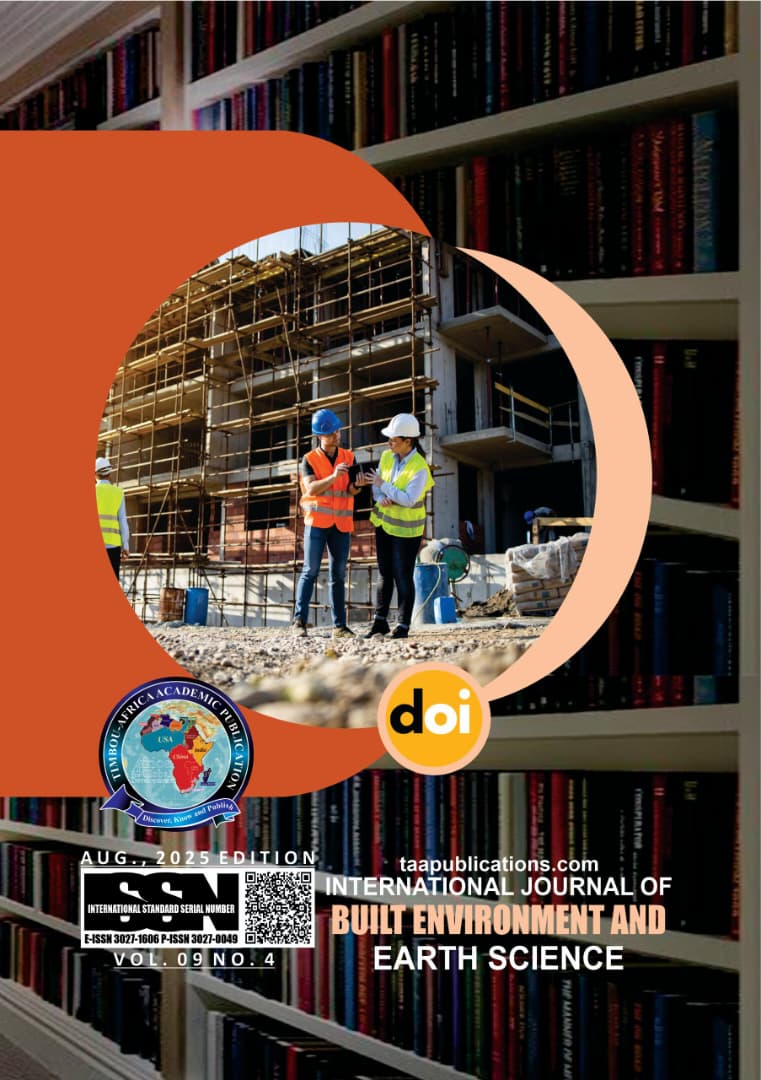EVALUATION OF POLYACRYLIC-POLYASPARTIC ACID BLENDS AS ECO-FRIENDLY SCALE INHIBITORS IN OILFIELD PRODUCED WATER

Abstract
This study evaluates the performance of blends of commercial polyacrylic acid (PAA) and polyaspartic acid (PASA) as alternative scale inhibitors to phosphorus-base (toxic scale inhibitors), in oilfield produced water system. Produced water from an oilfield in Niger Delta, Nigeria, was tested using an Optimal (Combined) Design Methodology and static jar tests to measure scale inhibition. The effects of PAA and PASA dosage, temperature, and pH on scale inhibition efficiency were examined. Statistical analysis identified a quadratic model as the best fit for the data, with an R² of 0.9375 and an adjusted R² of 0.7969. Results showed significant interaction among the studied parameters affecting scale inhibition. Within the experimental range, the maximum inhibition efficiency of 97.42% was achieved at 50°C, pH 8, with 0.055 ppm each of PAA and PASA. Using the Desirability Methodology, the model’s predictions were validated and found reliable, particularly at temperatures below 50°C and pH slightly above 7. For instance, at 38.45°C, pH 7.05, and dosages of 0.028 ppm PAA and 0.082 ppm PASA, the model predicted 99.79% inhibition, with an actual efficiency of 100%. At higher temperatures and pH (69.11°C, pH 9.93), the model overestimated inhibition efficiency, predicting 101.21% while the actual was 74.06%. Another test at 80.44°C and pH 7.34 showed close agreement between predicted (99.92%) and actual (97.85%) efficiencies. These results indicate that blending PAA and PASA offers a synergistic effect, effectively controlling scale formation in oilfield equipment under the tested conditions. As recommendation, further analysis of scale crystal morphology using scanning electron microscopy to better understand the effect of the blends on scale structure should be done. Overall, this research supports the development of environment friendly, phosphorus-free scale inhibitors for oilfield applications.
Keywords
Flow assurance issues, Scaling, Polyacrylic acid, Polyaspartic acid, Scale inhibitor, Biodegradable inhibitors, Produced water, Oilfield applications, Statistical modelling
